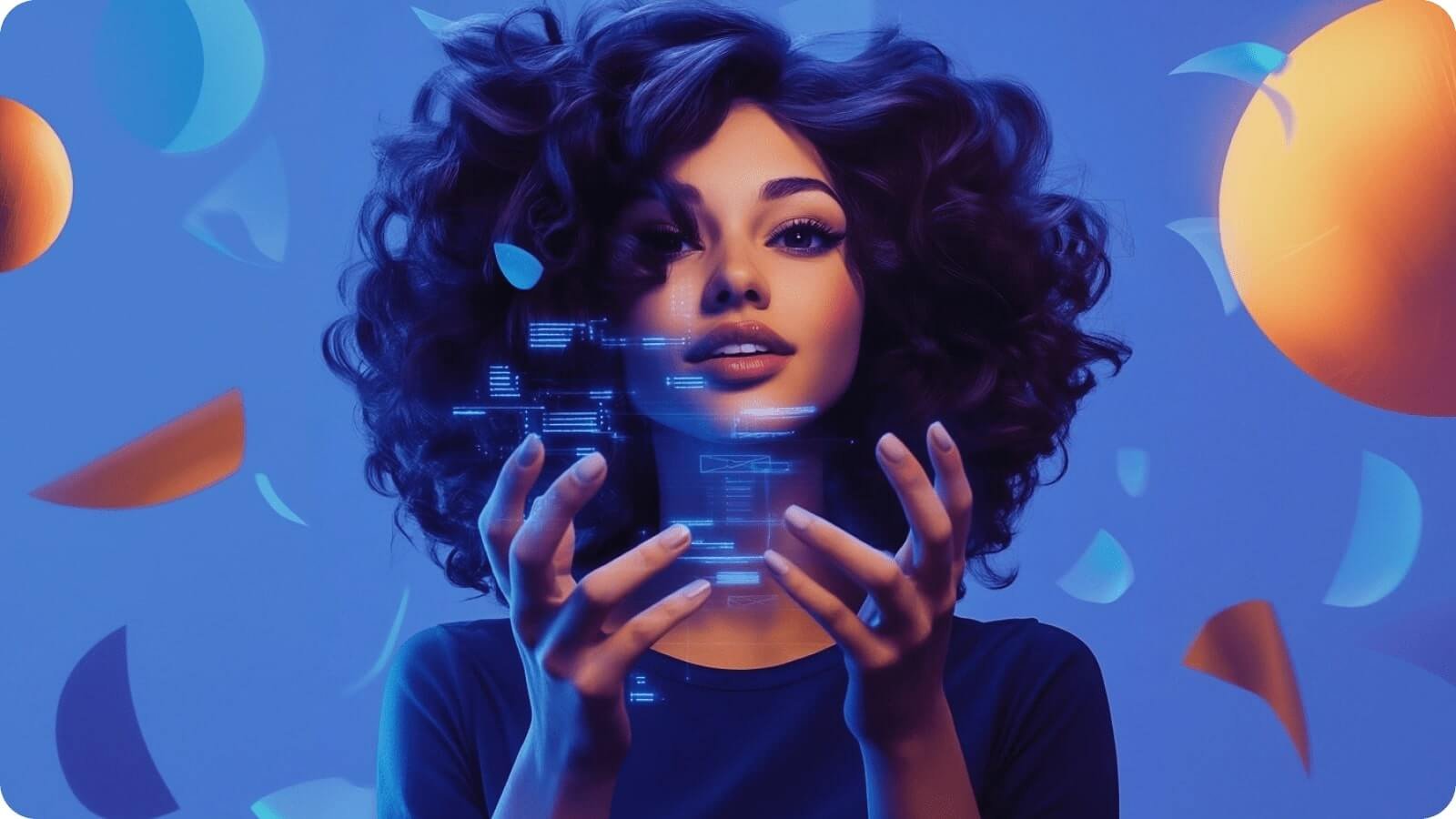My 2024 Go-To Tools for Crafting User Experiences: Evolving with AI
As a designer, I'm always on the lookout for tools that help me work smarter, not harder. Over the years, I’ve experimented with countless options, but some have become indispensable. Here's my updated list of go-to tools for 2024, showcasing the ones I rely on every day.
New additions for 2024
This year, I welcomed some exciting additions to my toolkit: Claude, FigJam, and Lyssna. While I had explored these tools in the past, they’ve now become integral to my design process.
This year, I’ve embraced Claude for its design and brainstorming capabilities and Lyssna for user research and testing. Meanwhile, staples like Figma, ChatGPT, and Notion remain the backbone of my creative process. Here’s a closer look at the tools shaping my workflows in 2024.
Design
Figma continues to be my primary design tool for creating prototypes, animations, and collaborative workflows. It’s versatile and remains at the heart of my process. However, Figma’s recent interface updates and feature expansions can feel overwhelming at times. I do appreciate its streamlined menus and the intuitive comment functionality, which make collaboration seamless.
Although I’ve always liked Figma, I’m planning to give Framer another try in 2025 after more than five years of not using it.
Collaboration
Miro remains a must-have for collaborative workshops and brainstorming sessions. However, this year, I’ve started incorporating FigJam into my process as well.
While Miro excels in versatility and has been my go-to for kick-off sessions, FigJam has become my preferred tool for design feedback sessions. Miro’s growing feature set sometimes feels cluttered, making FigJam a simpler, more user-friendly alternative for specific tasks. One feature I particularly love in FigJam is its AI-powered template generator. This tool allows me to quickly create workshop templates, giving me a solid base to speed up the process and focus more on collaboration.
Additionally, FigJam’s stickers and design elements really stand out. They help bring a sense of playfulness and creativity to the board, making the designs feel fresh and modern. It’s a small detail that adds a lot to the overall experience.
AI-powered productivity: ChatGPT & Claude
ChatGPT remains my trusted writing assistant, helping with tasks like data analysis, summarizing content, and website evaluations. However, Claude has emerged as a strong competitor in specific areas, such as generating design colour palettes and SVGs from prompts.
Together, ChatGPT and Claude have replaced tools like Coolors and Adobe Color for me. Asking for design palettes based on attributes produces quick, high-quality results that streamline my process.
Organizing everything
Notion remains my ultimate organizational tool for tracking projects, personal tasks, and more. It’s my digital diary and the backbone of my workflows. I particularly love its enhanced navigation, which allows for unlimited nested pages while maintaining an intuitive structure.
👉 Get started with Notion
Gathering and analyzing feedback
Hotjar is still my favourite tool for gathering user feedback and analyzing website interactions alongside Google Analytics. However, GA’s interface continues to frustrate me with its hidden options and steep learning curve, even after a decade of use.
A standout addition this year is Lyssna. I now use it for user testing and iterating on designs to ensure usability. Its SEQ questions are particularly helpful for determining whether designs are ready for development.
For transcription and analysis, Dovetail is invaluable. Its video transcription and clip-creation features make synthesizing research so much easier.
Sharing design work
I’ve embraced Slack’s video upload functionality, which provides an experience similar to Loom, but with less friction. You can record a video and easily upload it to Slack, achieving the same quality as using Loom. For design handoffs to development, I continue to rely on Figma.
Additionally, I've started using Figma Slides to present my work each quarter. It’s become a great way to showcase progress in a streamlined, professional format.
Enjoying life
Spotify remains my go-to for crafting the perfect workday soundtrack. Although I’ve been using the free version recently, the increase in ads can be disruptive, and I miss the Discover Weekly feature as much as the paid version offers. The ads interrupt the listening experience, but I still get to enjoy unique finds like being among the 0.5% of Ennio Morricone listeners worldwide. I especially loved the Wrapped feature this year, with clips from my favourite artists personally thanking me for listening. It was a nice touch to hear Norah Jones express her gratitude after all these years of being a fan.
Inspiration
For high-quality, royalty-free images, I continue to rely on Unsplash. Its extensive library and intuitive search feature make it easy to find the perfect image for any project. However, I’d love to see a feature that allows users to find pictures based on prompts, which would take the platform to the next level.
Each of these tools helps me work smarter and deliver better results. From designing prototypes to gathering user feedback and managing projects, they’re essential to my workflow. If you’re looking to elevate your user experience design process, I highly recommend giving these tools a try.






